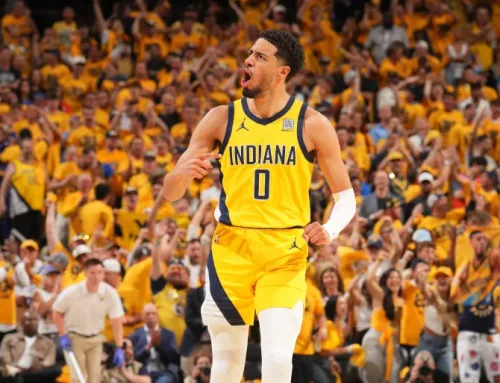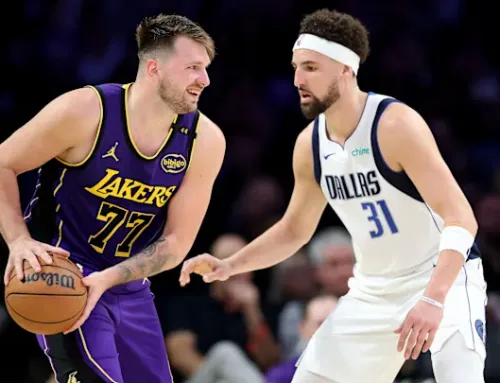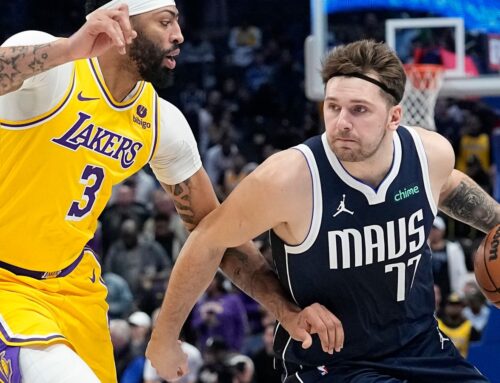FORECASTING POTENTIAL SIGN-AND-TRADE TRANSACTIONS THIS OFFSEASON
By: Makar Gevorkian
Although the current CBA has diminished the incentives of seeking out a Sign-and-Trade (S&T), there was an increased number of these transactions last season, and this offseason likely will follow suit. Kevin Durant, Jimmy Butler, D’Angelo Russell, Terry Rozier, Kemba Walker, Tomáš Satoranský, Delon Wright, and Malcolm Brogdon all joined their respective teams last offseason via the S&T.
A S&T can be beneficial in the following situations:
1) the player’s new team is over the cap
2) the player’s previous team is over the cap and the player is willing to work with them to help them generate a trade exception (rare)
3) to incentivize a team not to match a restricted free agent’s offer sheet. The frequency of the third option is generally consistent year to year, but the first two are entirely dependent on market conditions. The less money available, the more likely S&Ts occur.
There likely will be five teams operating under the cap this offseason:[1]
| Team | Projected Space (roughly) |
| Hawks | $44 Million |
| Knicks | $42.2 Million |
| Heat | $21.9 Million |
| Pistons | $30.03 Million |
| Hornets | $16.69 Million |
A couple other teams also could end up under the cap, depending on their decisions with their own free agents (e.g. Suns, Raptors, and Pelicans), but these are less likely. As a result, most teams will need to upgrade their rosters via their available exceptions, trade, or the S&T.[2]
There are restrictions to note associated with an S&T. A S&T must be for at least three seasons but no greater than four, raises are limited to five percent, and the acquiring team has a hard cap imposed on them. The acquiring team also needs to be able to absorb the player’s first-year salary plus any unlikely bonuses. The most noteworthy nuance is related to a rule formerly known as Base Year Compensation (“BYC”).
While the term itself does not appear in the current CBA, the same rule is applied to S&T transactions. If the team is over the cap and the player’s new salary is greater than 120 percent of his salary in his previous season (and also above the minimum salary), then the outgoing salary in a potential S&T is the greater of (i) his previous salary or (ii) 50 percent of his new salary. Conversely, the acquiring team uses the new salary, which drastically impacts salary matching abilities, especially for the player’s previous team.
Taking those restrictions into account, there will be several S&T candidates this offseason. Danilo Gallinari, Tristan Thompson, and Marcus Morris all had sizeable salaries last season meaning they likely won’t be subject to BYC. Depending on their price, the Cavs and Thunder may look to move on from Thompson and Gallinari, respectively.
However, both teams already will be operating over the cap, so keeping their cap holds to use in a S&T could represent a valuable asset. Morris certainly could return to the Clippers using non-Bird rights, but the team may look to address a different position, depending on whom they’d be able to acquire using Morris’ deal.
There are several players that expect to see sizeable raises from their 2019/20 salaries, making them unlikely S&T candidates. For example, Montrezl Harrell and Davis Bertans made $6 million and $7 million, respectively, in 2019/20. Since both the Clippers and Wizards will be over the cap, salary cap matching starts to become difficult involving any starting salary above $7.2 million and $8.4 million, respectively – and they likely will command well above that.
Conversely, Christian Wood will be an unlikely S&T candidate because he made the minimum this past season and is expected to see a major salary increase, but the Pistons likely will operate as a team under the cap making the BYC issue irrelevant (outgoing salary wouldn’t matter as much).
Teams may be reluctant to pursue a S&T given the uncertainty with the cap and the required minimum three years – signs point to an influx of one-year deals – but for teams operating above the cap, the S&T is one of the few ways to upgrade their roster. Similar to last offseason, we may even see some of these players S&T’d for one another this offseason.
CITATIONS:
[1] This ultimately will depend on what number the NBA uses for the 2020/21 salary cap, but all signs point to staying at or close to $109.14 million.
[2] Outside of their mid-level exceptions.
KEY TERMS TO KNOW:
Sign-and-Trade – A transaction in which a team re-signs its free agent for the purpose of a trade to a specific team. The trade to the specific team must be completed within 48 hours of the signing. A sign-and-trade is conducted using Exhibit 8 of the UPC.
Non-Bird Rights – A player who has spent a single season or less with his team, as long as he finishes the season on an NBA roster
Collective Bargaining Agreement (CBA) – A written contract negotiated through collective bargaining. The NBA’s Collective Bargaining agreement regulates league operations and its relationship with players.
Base Year Compensation (BYC) – A rule helping to ensure players’ salaries reflect their value as basketball players, and not their trade value, by temporarily lowering their outgoing Salaries in trade. While BYC is not a named term in the current CBA, the same rules exists in the current CBA for certain sign-and-trade transactions.






